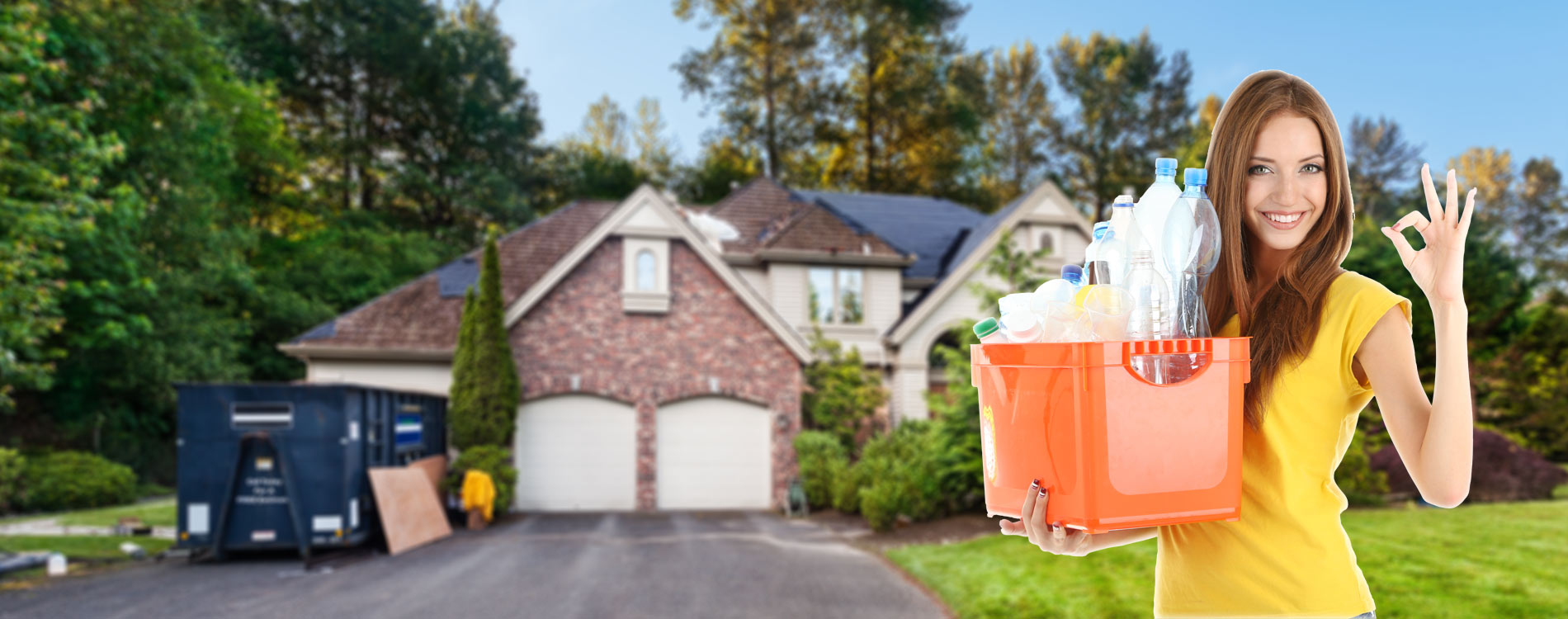Maximizing Soft Plastic Recycling Efforts
Posted on 01/03/2025
Soft plastics, including items like plastic bags, wrappers, and packaging materials, are ubiquitous in modern life. However, their disposal presents significant environmental challenges. Unlike more rigid plastics, soft plastics have limited recycling options and often end up in landfills. This article aims to explore strategies for maximizing soft plastic recycling efforts, ensuring that these materials are managed in the most sustainable way possible.
The Importance of Soft Plastic Recycling
Soft plastics contribute significantly to pollution due to their lightweight and flexible nature, which allows them to be easily dispersed by wind and water. Recycling soft plastics is crucial for several reasons:
- Environmental Protection: Reducing the amount of plastic waste in landfills and oceans.
- Resource Conservation: Minimizing the demand for new raw materials by reusing existing plastics.
- Reducing Carbon Footprint: Recycling processes generally consume less energy compared to producing new plastics from scratch.

Identifying Recyclable Soft Plastics
The first step in maximizing soft plastic recycling efforts is to identify which materials can be recycled. Commonly accepted soft plastics for recycling include:
- Plastic shopping bags
- Bread bags
- Cereal box liners
- Bubble wrap
- Food packaging, such as chip bags and wrappers
It's important to ensure that these items are clean and free from food residue before recycling.
Community Programs and Drop-Off Points
Many regions have introduced specialized recycling programs dedicated to soft plastics. These programs often involve:
- Retail Store Drop-Offs: Several major retailers provide designated bins for collecting soft plastics.
- Community Recycling Programs: Local governments may offer drop-off points at community centers or special collection events.
Raising awareness about available drop-off points and encouraging community participation can significantly enhance recycling rates.
Innovative Recycling Technologies
Recent advancements in recycling technology are paving the way for more efficient soft plastic recycling. Some of the innovations include:
- Pyrolysis: A process that breaks down plastics at high temperatures in the absence of oxygen, converting them into fuel or other useful chemicals.
- Chemical Recycling: Techniques that break down plastics into their monomers, which can then be reused to produce new plastics.
- Mechanical Recycling Enhancements: Improved sorting and cleaning methods that ensure higher purity and quality of recycled plastics.
Corporate Responsibility and Extended Producer Responsibility (EPR)
Companies that produce and utilize soft plastics can play a pivotal role in maximizing recycling efforts:
- Eco-Friendly Packaging: Designing easily recyclable packaging materials.
- Collection Initiatives: Implementing take-back programs where consumers can return used packaging for recycling.
- Transparency and Reporting: Regularly reporting on recycling targets and achievements to maintain accountability.
Consumer Actions to Support Soft Plastic Recycling
Consumers also have a significant part to play in enhancing soft plastic recycling efforts. Here are some actionable tips:
- Educate Yourself: Stay informed about which soft plastics are recyclable in your area.
- Reduce and Reuse: Minimize the use of single-use plastic items where possible.
- Proper Disposal: Ensure that soft plastics are clean and dry before recycling, and separate them according to local guidelines.
- Spread Awareness: Encourage friends, family, and your community to participate in soft plastic recycling.
Pros and Cons
Pros
- Environmental Benefits: Reduces pollution and conserves natural resources.
- Economic Advantages: Creates jobs and supports recycling industries.
- Energy Savings: Lower energy consumption compared to producing new plastics.
Cons
- Limited Infrastructure: Recycling facilities for soft plastics are not universally available.
- Contamination Issues: Soft plastics are often contaminated with food and other materials, complicating the recycling process.
- Costs: The economic feasibility of some recycling technologies may still be a challenge.
Tips for Maximizing Soft Plastic Recycling Efforts
- Clean and Sort: Always clean soft plastics and sort them according to local recycling guidelines.
- Participate in Programs: Make use of local drop-off points and recycling programs.
- Advocate for Policies: Support legislation and policies that promote recycling and waste reduction.

Key Takeaways
- The effective recycling of soft plastics hinges on community participation, technological advancements, and corporate responsibility.
- Educating consumers about proper disposal methods and participating in local recycling programs can significantly enhance recycling rates.
- Innovations in recycling technologies are promising but require widespread implementation and support.
Conclusion
Maximizing soft plastic recycling efforts is essential for mitigating environmental impact and conserving resources. While there are challenges, a combination of consumer awareness, community programs, innovative technologies, and corporate responsibility can drive significant improvements. By working together, we can ensure that soft plastics are managed sustainably, contributing to a healthier planet.
Thank you for reading!

 020 3744 5712
020 3744 5712










